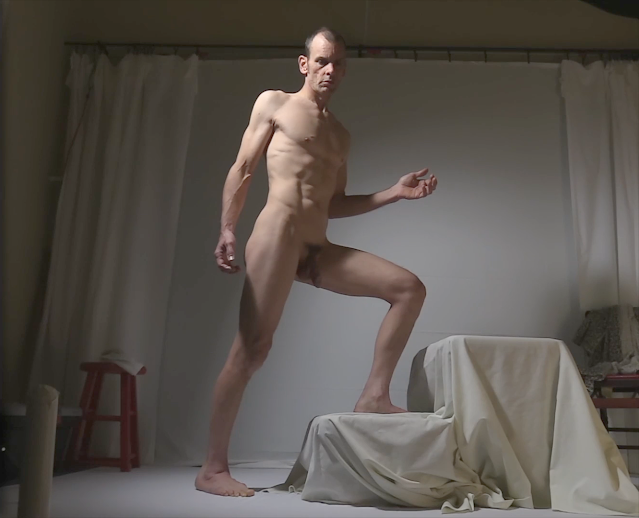The Expressive Figure Assignment
Concept: Applying the concept of "Symmetria" and the helix to the human body.
Materials:
Materials
- Vine or Willow Jumbo Charcoal ( Generals), Graphite lead and holder, ballpoint pen, Crayon, etc
- 90 lb drawing paper 12" x 19" or similar sketchbook
- Faber-Castell Kneaded Eraser
- I pad
Starting with charcoal or graphite, quickly sketch draw a gestural mannikin of the pose with the emphasis on proportions and action. This should take fifteen seconds or less and be in the spirit of what Michelangelo called "the Flame". Think of it as three helixes wrapping around a central core, like ribbons or strands of flame rising and converging above.
With the template of the mannikin pose as a guide, consider how the volumes of the "peanut", "cylinders, and "ovoid" describe the volumes "in space" and can taper as they move away from us and loom larger the closer they are to us. Be cognizant of this "in and out" spatial occupancy known as the "Z" axis.
Visualize the medial line as a sagittal section through the human figure as demonstrated here:
Select at least three poses and emphasize the medial line as it bisects the torso neck and head sagittally. Observe how the limbs on one side of the body relate to their bi-symmetric equivalent on the other side. Notice how elbows and knees are across the medial line from each other- at least most of the time.































































